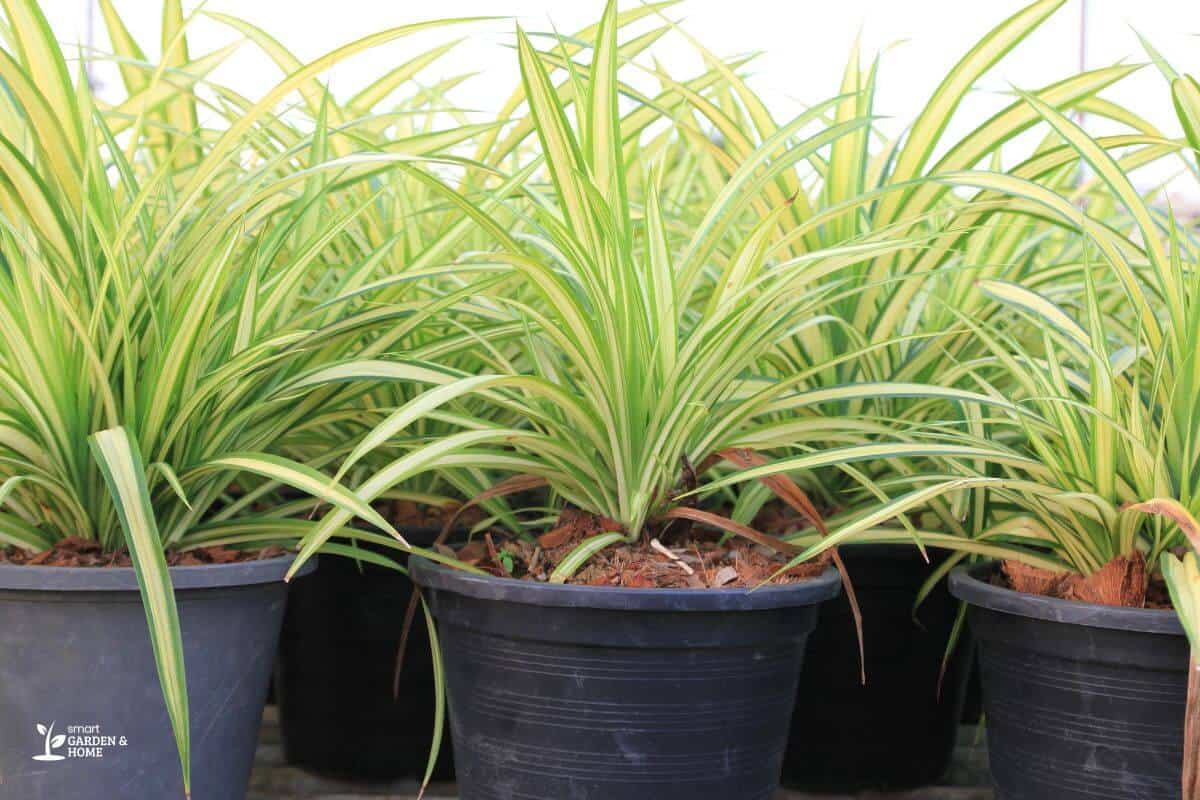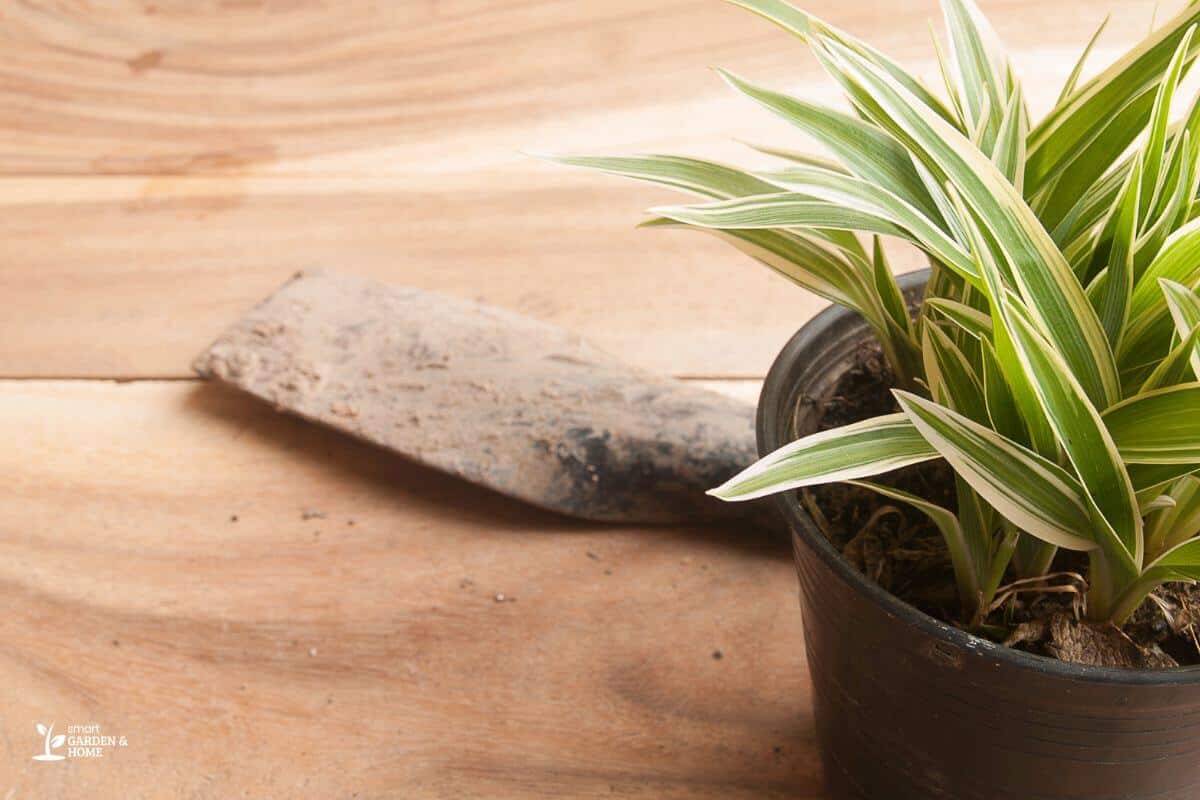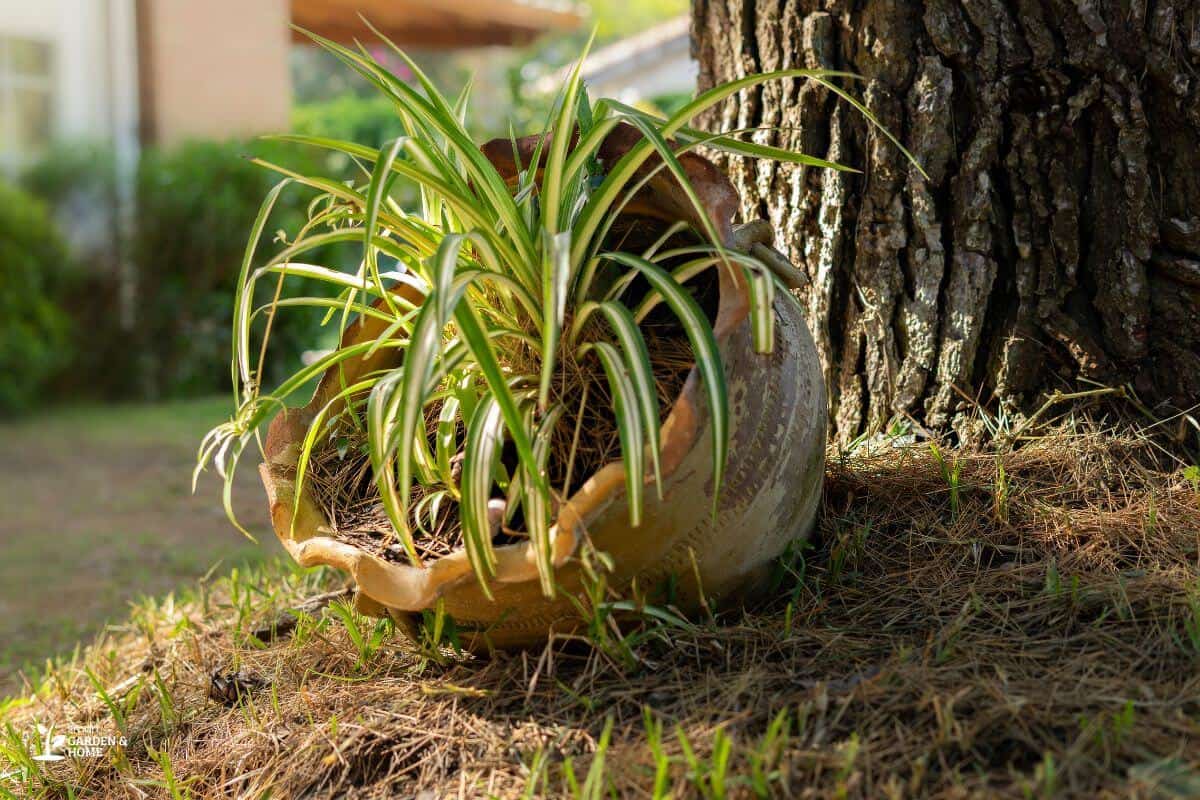Spider Plants, scientifically known as Chlorophytum comosum, are fast-growing plants that are both durable and low-maintenance.
They are also commonly referred to as Airplane Plants or Ribbon Plants.
These plants have a long lifespan and are often passed down as family heirlooms from generation to generation.
The reason why Spider Plants have such long lives is their roots, which make them very resilient plants.
All you need to do to have your Spider Plant live for 50 years or more is to provide some basic conditions for their well-being.
- Related article: Best Conditions for Spider Plants
Read on to know more about Spider Plant care guides, including light conditions, humidity levels, and more!
How Long Do Spider Plants Live?

The average lifespan of the wide range of most common varieties of Spider Plants is 20 years. This is quite extraordinary for a houseplant, and it is just the average.
In optimal conditions, a Spider Plant can live up to 50 years or more.
Spider Plants can survive this long both outdoors and indoors, provided they are in the right conditions for them to thrive.
If outdoors, they should be kept in a shaded spot to avoid them getting burnt.
These plants are native to the African subtropics, so if you live in a tropical area with bright spots and warm temperatures, they will happily live as outdoor garden plants all-year round.
In places with cool climates though, they should be taken inside as soon as the cooler temperatures start to drop or they won’t survive for long.
Most times, it’s best to move them indoors by late autumn and place them back outside when temperatures stabilize above 55℉.
How Do Spider Plants Live So Long?

There are many reasons why Spider Plants are healthy plants that are able to live so long.
Partly, it is simply because they are perennial plants, which means they can theoretically live indefinitely.
Still, most perennial houseplants live up to 10 or 15 years, rarely more.
The secret to Spider Plants’ survival seems to be their roots. These are called rhizomes and have evolved to be able to store large amounts of water and nutrients.
These roots are the reason these air-purifying houseplant can not only withstand but also thrive during long intervals without water or excessive fertilizer.
Tips to Maximize Spider Plant Life

1. Keep them in a warm and humid conditions, between the average temperature of 55 and 80°F.
2. Bring Spider Plants indoors during the colder season or the winter months.
3. Place them where they get plenty of bright light, but make sure it’s indirect sunlight as Spider Plants dislike direct sunlight.
4. Water only when they have dry soil as excess water results to root rot, and make sure that your pot has drainage holes.
5. Use reliable fresh water as the exposure to chemicals in tap water can be damaging to Spider Plants.
6. Fertilize every 2 weeks during the spring and summer.
7. Trim off any yellow leaves or green leaves with brown spots, white stripes, or brown leaf tips to keep your plants alive for a long time and looking its best!
8. Planting baby plants, or spiderettes, from parent plants is a common method to propagate them as they can quickly grow into mature plants.
9. Use a big enough pot size or container with drainage holes to let the fast-growing Spider Plant grow to its fullest!
Final Thoughts on the Lifespan of Spider Plants
Spider Plants are durable and popular houseplants that add greenery to indoor gardening spaces such as homes or offices.
These fascinating plants have a long lifespan under ideal circumstances and are easily propagated, making them suitable for passing down through generations.
The Spider Plant is a good option for those who want an indoor plant that requires minimal effort but offers great benefits, regardless of their experience with plants.
The article provides tips to help owners ensure that their beloved Spider Plant is sure-fire for longevity and health!
If you are interested in adding adaptable houseplants to your residence or office, the Spider Plant is a recommended option to consider!
Check out these interesting articles to know more information about Spider Plants:
- Spider Plant Medicinal Benefits
- Spider Plant Spiderlings
- Spider Plant Watering Frequency
- Spider Plant Problems
- Spider Plant Common Pests
Sources:

